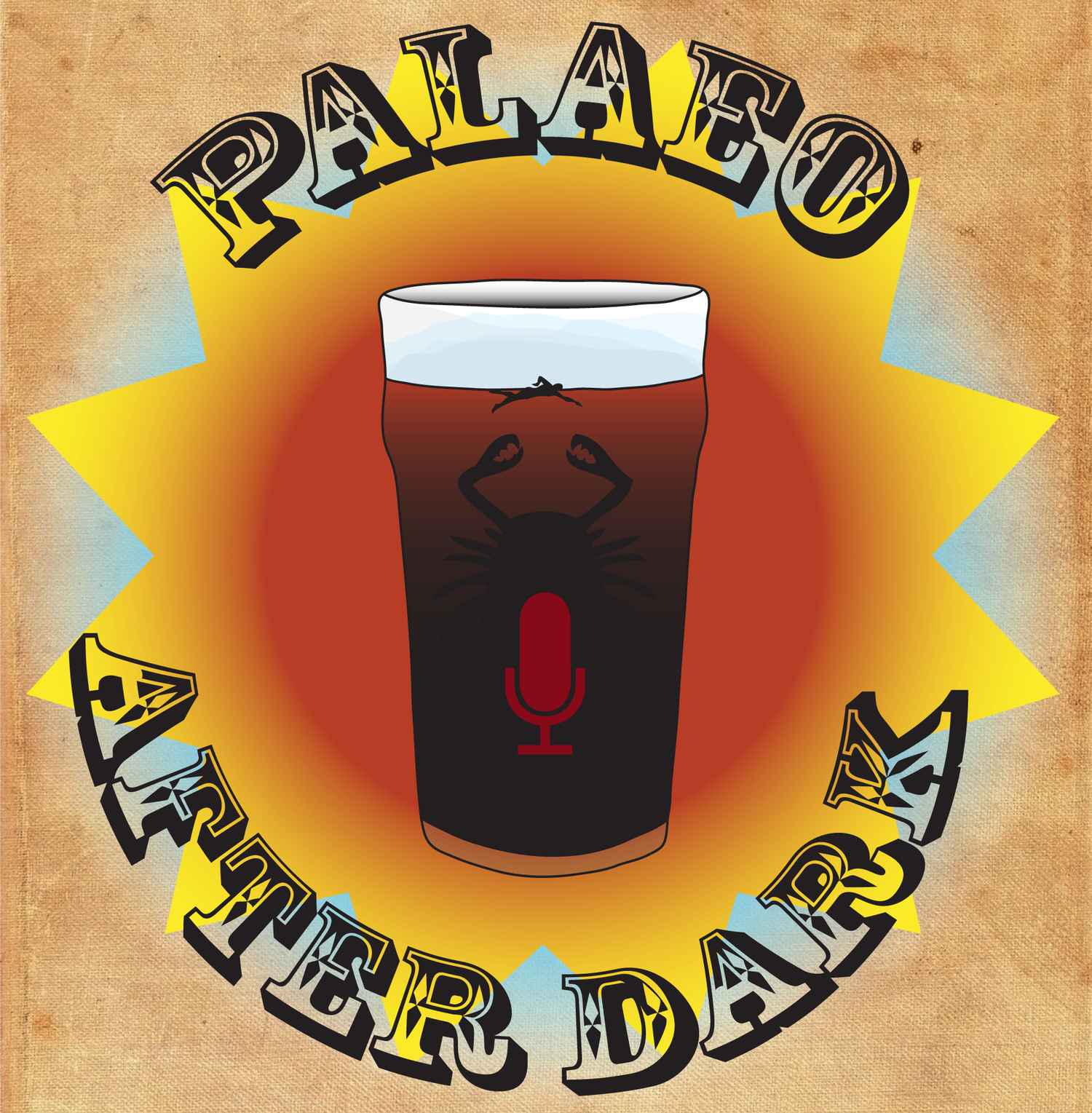In this episode, we discuss two papers about early tetrapods/tetrapodomorph taxa, Tiktaalik and Ichthyostega, and what new findings suggest about their locomotion. Also, Curt makes a suspicious delivery, and James desperately tries to feed Amanda "spoilers" for the new Star Wars. EDITOR'S NOTE: While I cannot confirm that any of James's spoilers are indeed accurate, they seem highly unlikely to be true (although if they are true, then the film they suggest is AMAZING).
Up goer five simple text summary:
The group takes time out from a time when not much is meant to happen to talk about some animals with big arms that were some of the first animals with four legs to come on to land. In between talking about a space movie where people use guns that fire light to show how they feel about each other, the group looks at a paper looking at the back end of an animal that had before been known only from its front. This new part of the animal shows that it had very small back legs that still looked more like for use in water. The second paper looks at a well known animal with four legs in a new way for the first time. It uses computers to picture it in a way that you can't picture it with just eyes, and this shows new things about it. The new way of looking shows that the animal would not have been as good at walking on land as people have thought. This is important as there are tracks that show there were animals with four legs that were very good at walking on land around at the same time. The animals that we have found were not able to make these tracks, and so this shows that there were other animals around at the same time that were better at walking on land, and that maybe this group of animals that walked on land started earlier than we thought.
References:
Shubin, Neil H., Edward B. Daeschler, and Farish A. Jenkins. "Pelvic girdle and fin of Tiktaalik roseae." Proceedings of the National Academy of Sciences 111.3 (2014): 893-899.
Pierce, Stephanie E., Jennifer A. Clack, and John R. Hutchinson. "Three-dimensional limb joint mobility in the early tetrapod Ichthyostega." Nature486.7404 (2012): 523-526.

















